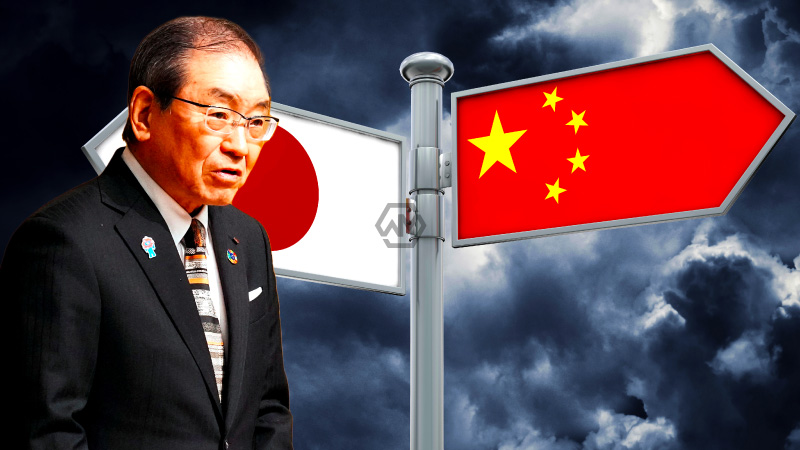- Some Japanese CEOs made their way back to China intending to bolster bilateral ties.
- Japan’s release of radioactive water into the ocean caused tensions between China and Japan.
- As of 2022, China remained Japan’s principal import source and its top export destination.
For the first time since 2019, some 200 Japanese CEOs and business leaders made their way back to China intending to bolster bilateral ties amidst geopolitical challenges that have strained them.
During the COVID-19 pandemic, when China‘s tight pandemic regulations caused it to mostly close its borders, the visit took place. At the Great Hall of the People, Chinese Premier Li Qiang met with representatives of the Japan Business Federation and the Japan-China Economic Association.
Strengthen Partnership
Japan’s release of radioactive water into the ocean and the incarceration of Japanese citizens on suspicion of espionage are only two of the topics that have caused tensions between China and Japan.
The government of Japan has been accused of “containing” China’s economic development, a move that is similar to that of the US, due to the country’s restrictions on exporting sophisticated chipmaking equipment to China.
Japan’s manufacturing supply chains and partnerships with local partners are largely built on investments made by Japanese corporations in China, where the country is highly dependent.
As of 2022, China remained Japan’s principal import source and its top export destination. For the first time, meanwhile, fewer than 30% of Japanese businesses announced plans to grow in China; some attributed this decline to worries about geopolitical dangers, while others cited economic uncertainties.
Japanese companies are also struggling with declining sales in China as a result of growing domestic rivalry, China’s unsteady economy, and unfavorable public opinion following the wastewater leak at the Fukushima plant. Due to their inferior EV offerings compared to local competitors, Japanese automakers such as Nissan and Toyota are also facing a decline in market share in China.



